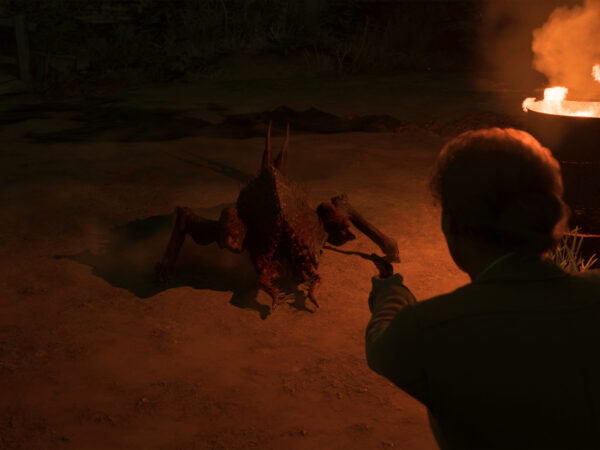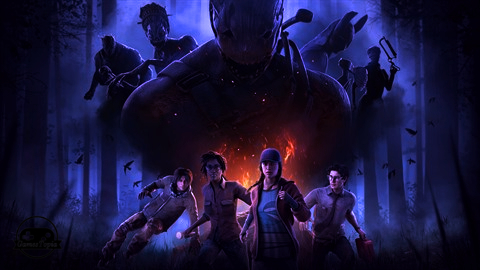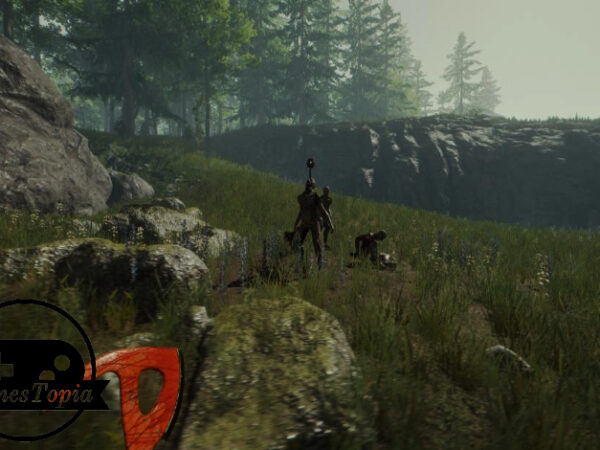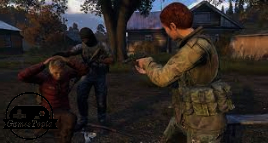The Evolution of Survival and Horror Games: A Brief History
Contents
Introduction
If you’re a fan of horror or survival games, chances are that you’ve been playing them for years. But did you know that even though these genres have many similarities, they actually have quite different origins? In this article, we’ll look at how the two types of games came to be and how they evolved over time. We’ll also explore some of the most notable titles in each genre and what they mean for their future. Let’s get started!
The birth of survival and horror games
The earliest examples of survival horror games were created in the late 1970s and early 1980s, with titles like Adventure (1978) and Zork (1980). These games had limited graphics capabilities, but they established many staples that would become common in later games: exploration, puzzle-solving and inventory management.
In 1982 Atari released Haunted House for its arcade system – one of the first video games to deal explicitly with horror themes. The game was based on an urban legend about a haunted house where people who entered never returned; it was also one of the first interactive movies ever made. A few years later Nintendo released Castlevania II: Simon’s Quest which featured side-scrolling action gameplay combined with RPG elements such as levelling up characters’ stats through items found during exploration or combat against enemies (which could be avoided if desired).
Survival horror’s origins
One of the earliest examples of a survival horror game is Haunted House, which was released by Exidy in 1980. The game featured a haunted house with ghosts and monsters that would appear at random times to scare you. Another early example is Pac-Man: Namco released this game in Japan on May 22nd 1981 where it quickly became popular among players who wanted something more challenging than their usual arcade games like Space Invaders or Donkey Kong.
The first time you play these types of games can either be scary or exciting depending on how well they’re done!
Silent Hill and Resident Evil
Resident Evil was the first survival horror game, but it wasn’t until Silent Hill that we really saw what a game in this genre could be. The graphics were more realistic, and they were accompanied by an original soundtrack composed by Akira Yamaoka (who also did music for Metal Gear Solid). The game changed things up again with its use of sound–the player couldn’t hear footsteps unless they were within a certain distance from you, so you had to rely on other cues like creaking doors or ominous whispers from somewhere off camera to know when enemies were approaching.
The evolution of survival horror
The first requirement for a survival horror game is that it must be scary. This can mean different things to different people, but there are some common elements that most horror games have in common:
- They tell a story or at least attempt to create an atmosphere through which players can get lost and immersed in their virtual environment. For example, Silent Hill has a long history of having strong narratives that push the boundaries between psychological thrillers and supernatural horror movies (and sometimes even include elements of both).
- The second element is atmosphere–the feeling you get when playing the game that helps set up why everything happening around you feels so strange and unnatural. This often takes place through sound design (elevated heartbeats) as well as visual cues such as lighting effects on objects or characters’ faces; however, it can also come from environmental factors like weather conditions outside (raining heavily) versus inside buildings where everyone seems unaffected by those same conditions outside (“What? It’s raining?”).
Frictional Games’ Amnesia: The Dark Descent
Amnesia: The Dark Descent was a big step forward for survival horror. It was the first game in the genre to use 3D graphics, and it also introduced physics-based puzzles.
In Amnesia, you play as Daniel who wakes up in an abandoned castle with no memory of who he is or how he got there. He soon discovers that he has been tasked with restoring power to four ancient machines so that they may save humanity from an evil force known only as “Amnesia.” The game features traditional puzzle solving elements like finding keys and unlocking doors, but it’s also packed with monsters that must be avoided at all costs!
Survival and horror games have a long history, with many innovations along the way.
The survival horror genre has been around since the 1980s, but it wasn’t until 1996 that Capcom released Resident Evil for PlayStation. Since then, many other developers have created their own takes on this style of game–and some of them have even managed to improve upon it.
The most common elements in survival horror games include:
- A focus on storytelling over action (which can make them feel more like interactive movies than action games)
- Multiple endings that give players multiple ways to achieve victory or defeat
- An emphasis on puzzle solving over combat (although combat is still usually present)
Conclusion
The history of survival and horror games is long and rich with innovation. From Resident Evil to Amnesia: The Dark Descent, many different developers have tried new approaches to this genre in order to find success. While some have failed miserably at their attempts (we’re looking at you, Phantasmagoria), others have found ways to make their games stand out from the crowd by creating compelling stories or adding new features that change up how players experience fear in general.











